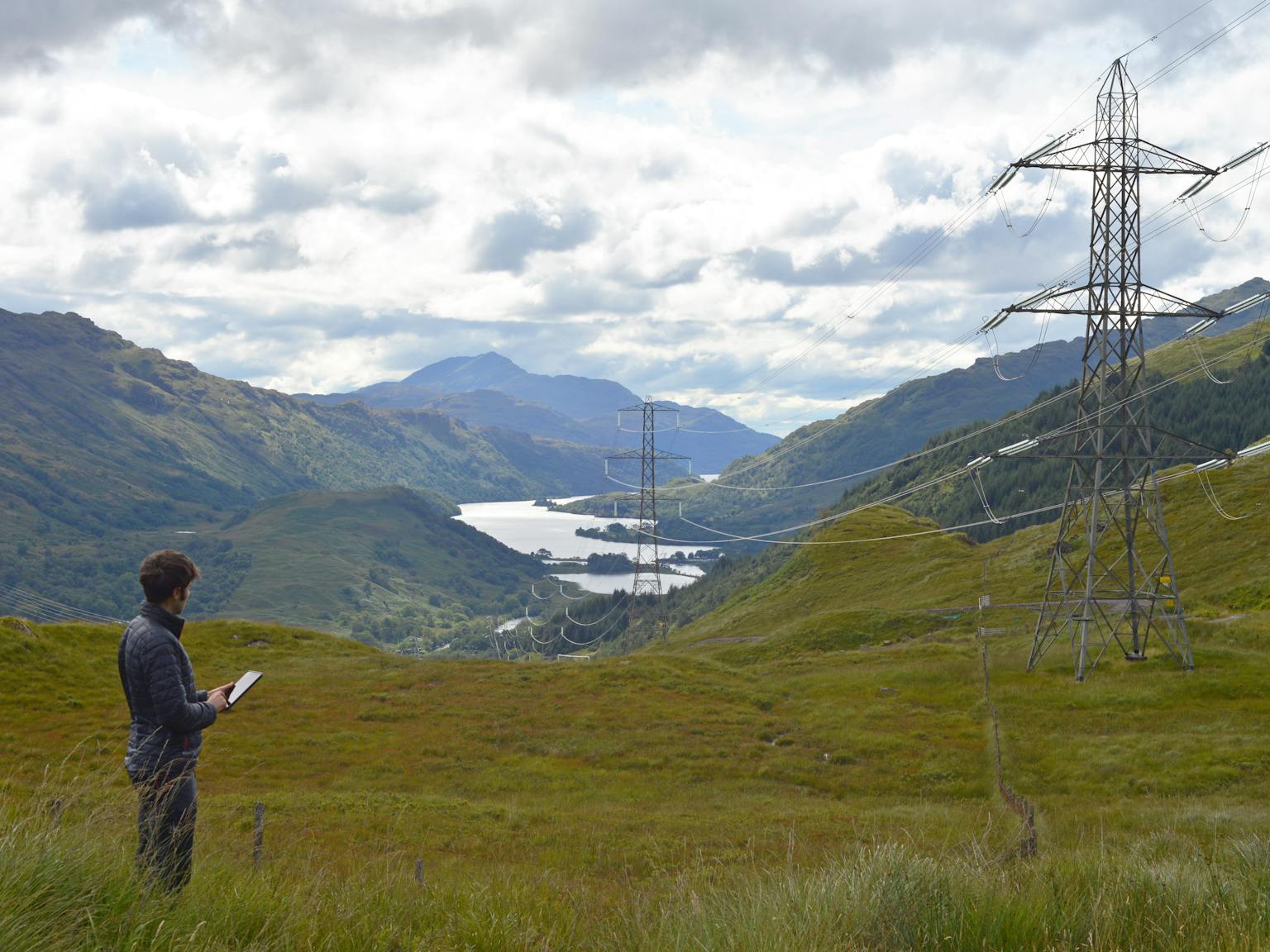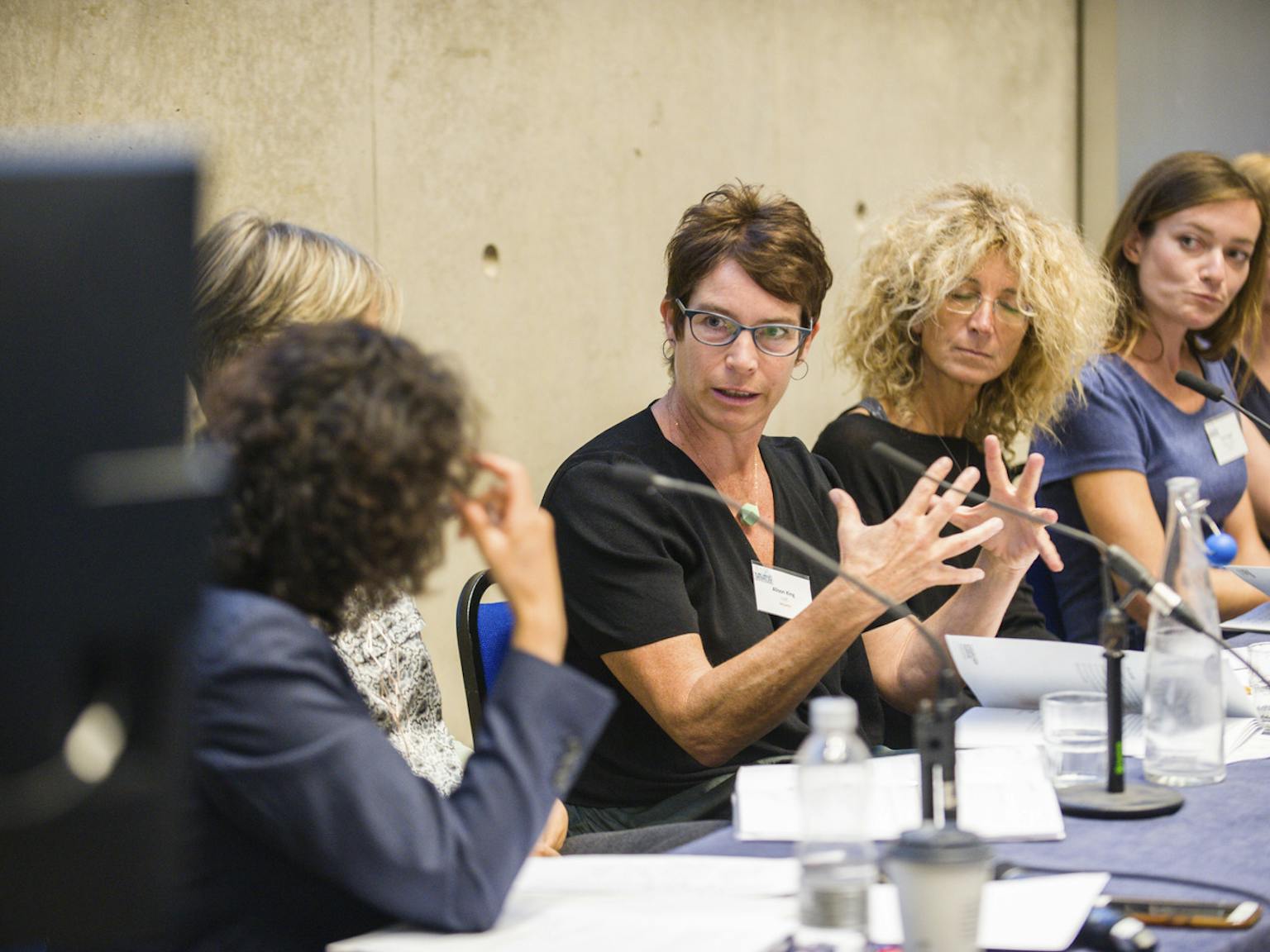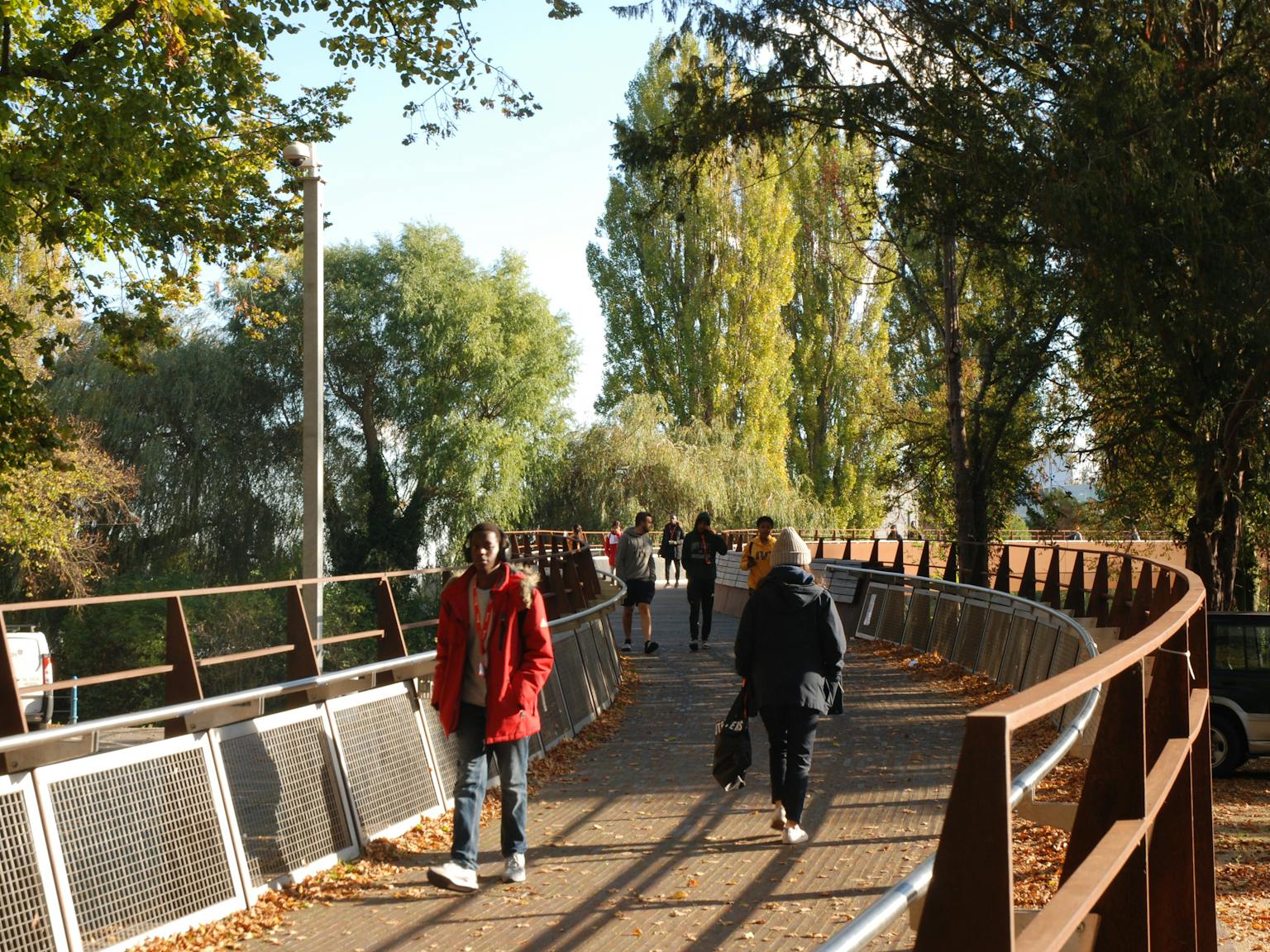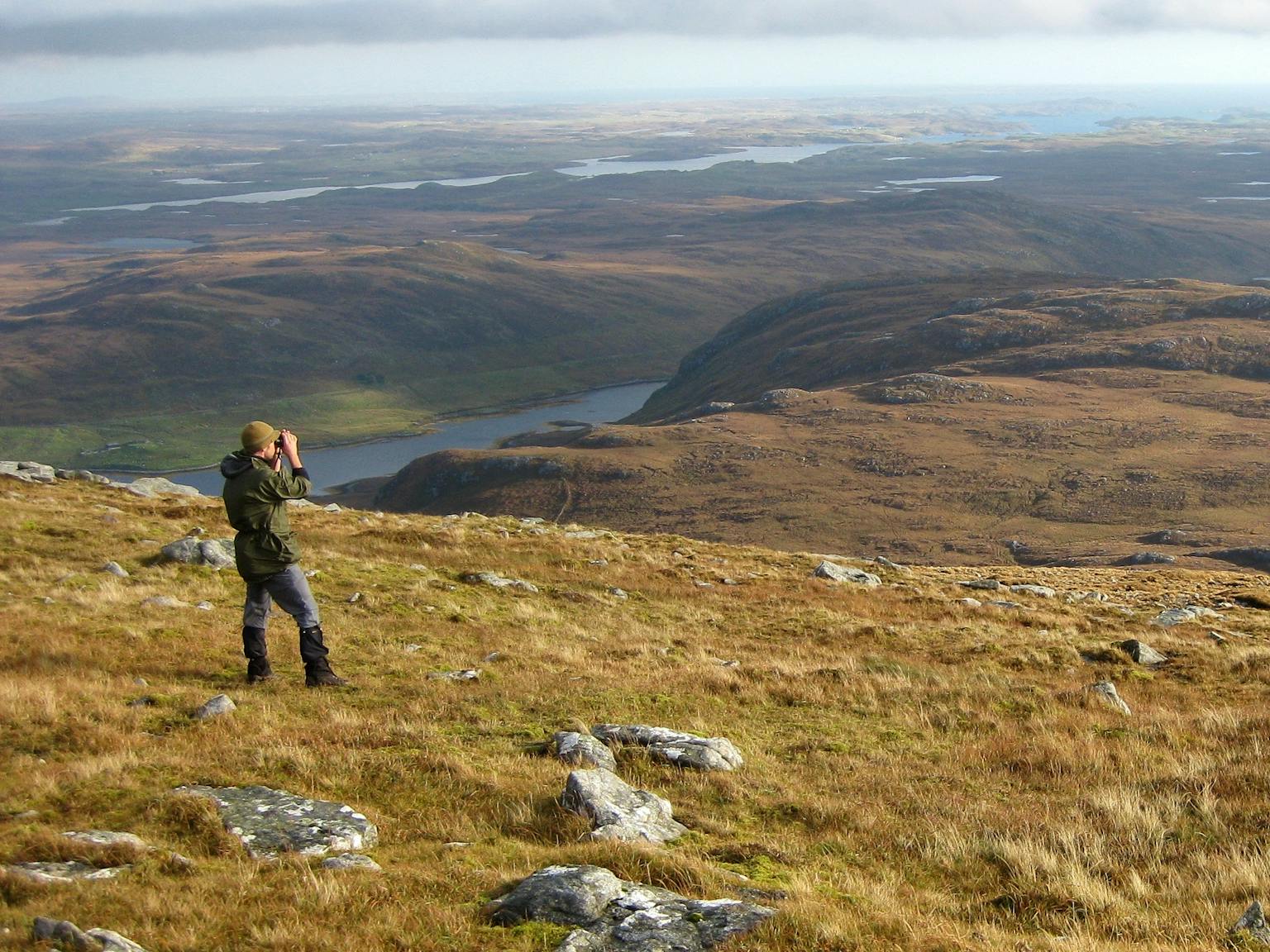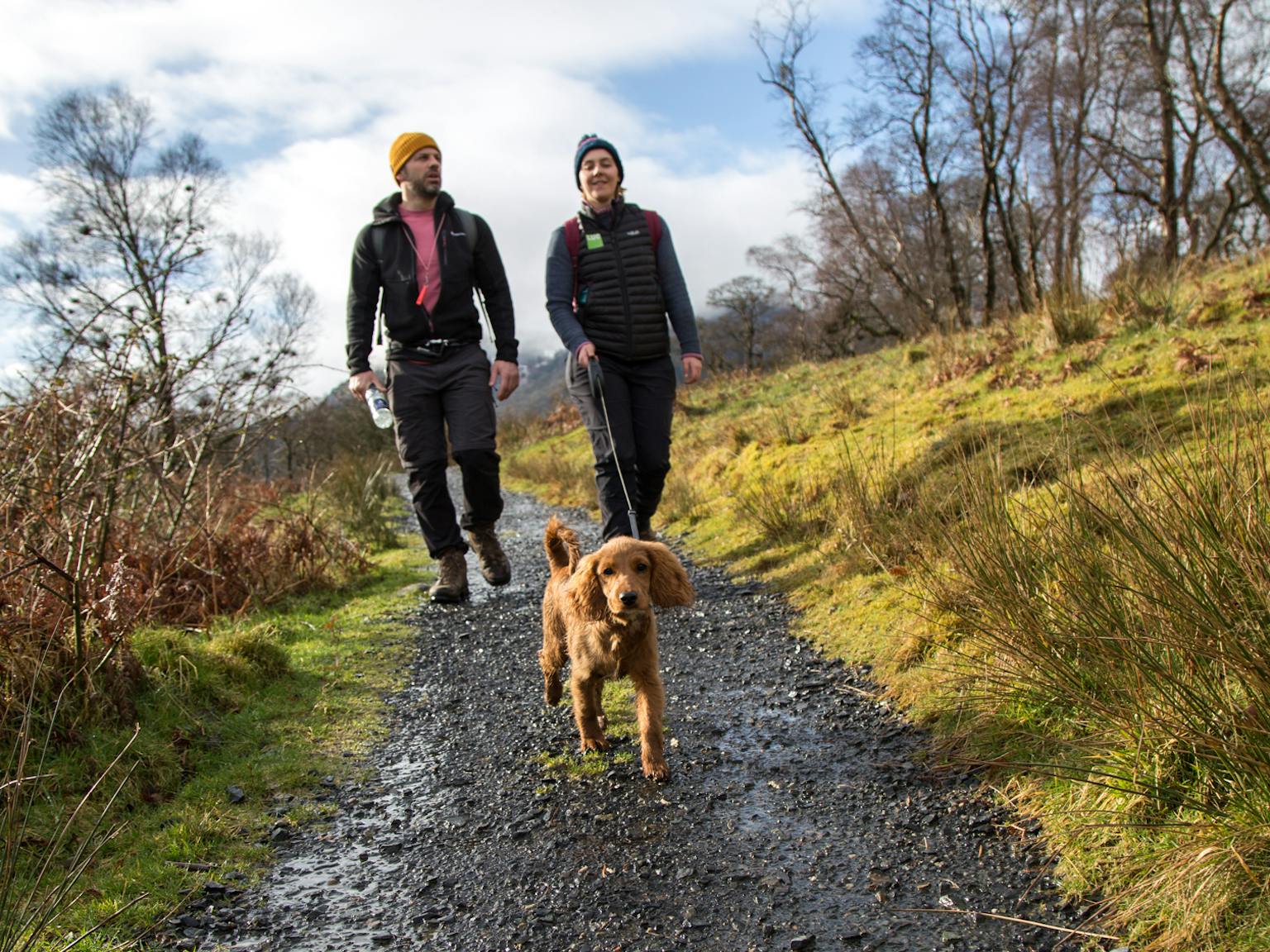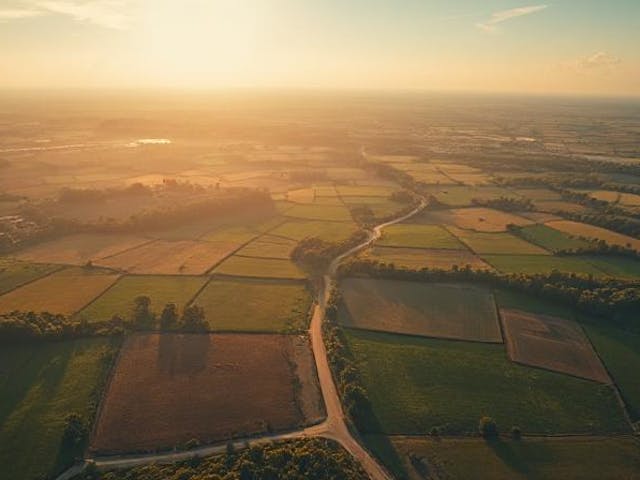
Biodiversity Duty reporting due January 2026
The 2021 Environment Act strengthened the Biodiversity Duty on all public bodies, requiring them to consider how they can conserve and enhance biodiversity in their actions and decision-making. The Duty involves developing policies and objectives based on their considerations and taking action to implement and achieve these.
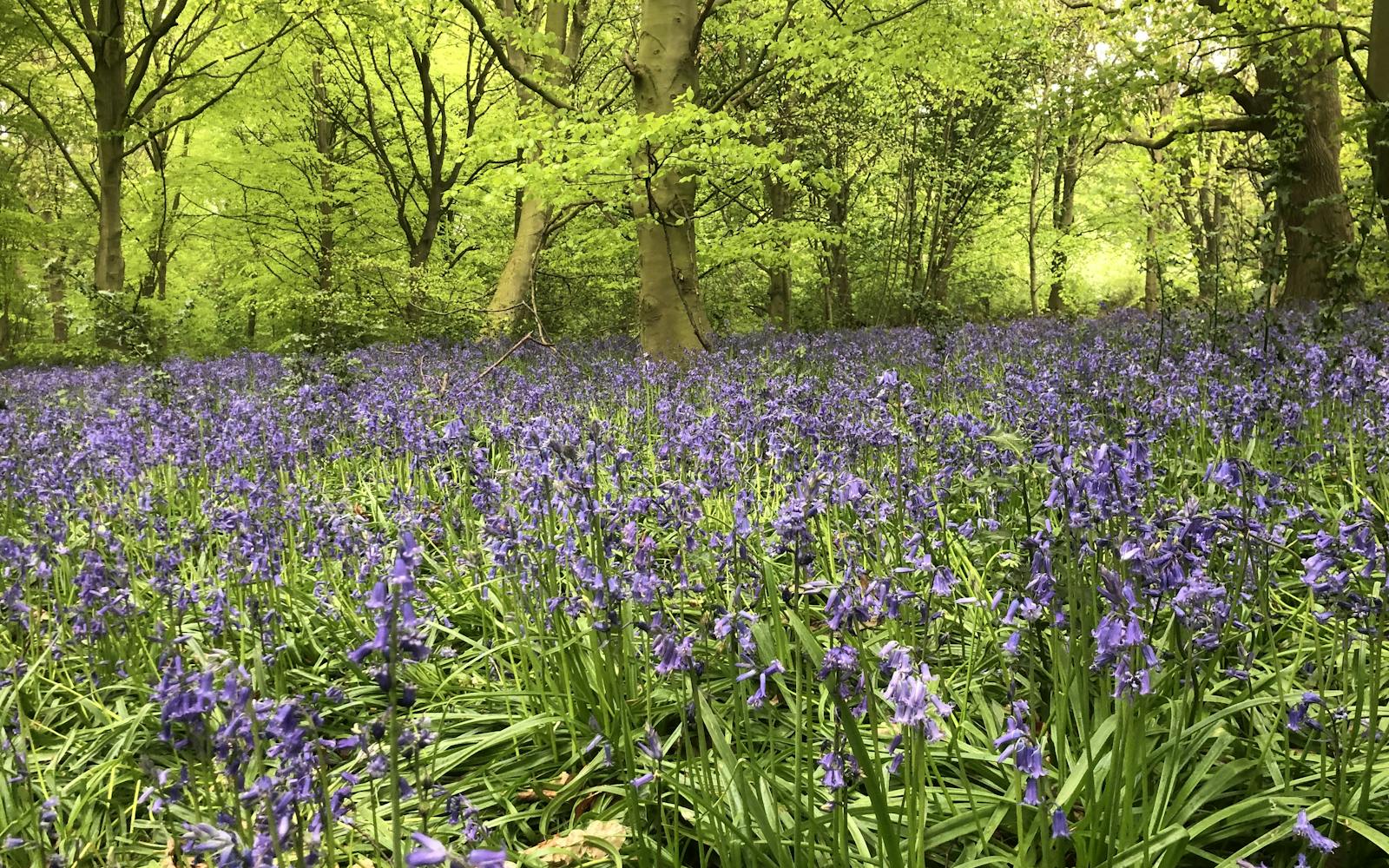
The Biodiversity Duty (EBD) reporting requirements
There are additional requirements for Local Planning Authorities (LPA), and Local Authorities (LA) (excluding parish councils) to report on how they have met their Biodiversity Duty. They must document past actions and future plans for the next five years. Reports must be submitted to Defra by 1 January 2026 and must follow a five-year reporting cycle. These should include details of how the organisation has considered Local Nature Recovery Strategies (LNRS), Species Conservation Strategies and Protected Site Strategies. Relevant authorities must also report on their biodiversity net gain.
As submission of the report is a statutory requirement, some local authorities will need cabinet approval, which should be factored into the timeline.

Building a strong baseline for effective monitoring
The reporting requirement of the Duty creates an opportunity for streamlined reporting that draws on existing plans, strategies, targets and actions. It allows greater transparency, recognising meaningful achievements and successes such as positive site management or progress towards biodiversity goals, such as updated biodiversity strategies.
With clear direction, the 2026 reports can establish a strong foundation for repeatable five-year monitoring cycles. This will improve data flow and systematic analysis. Consistent use of habitat and species data is essential if reporting bodies, LNRS partners, ecologists, and the public are to understand the true state of nature and the progress of its recovery.
Reports can highlight successes, identify where new thinking is needed, and help us to pivot in response to the changing climate. By aligning with key national and local targets, we can track and measure change effectively.
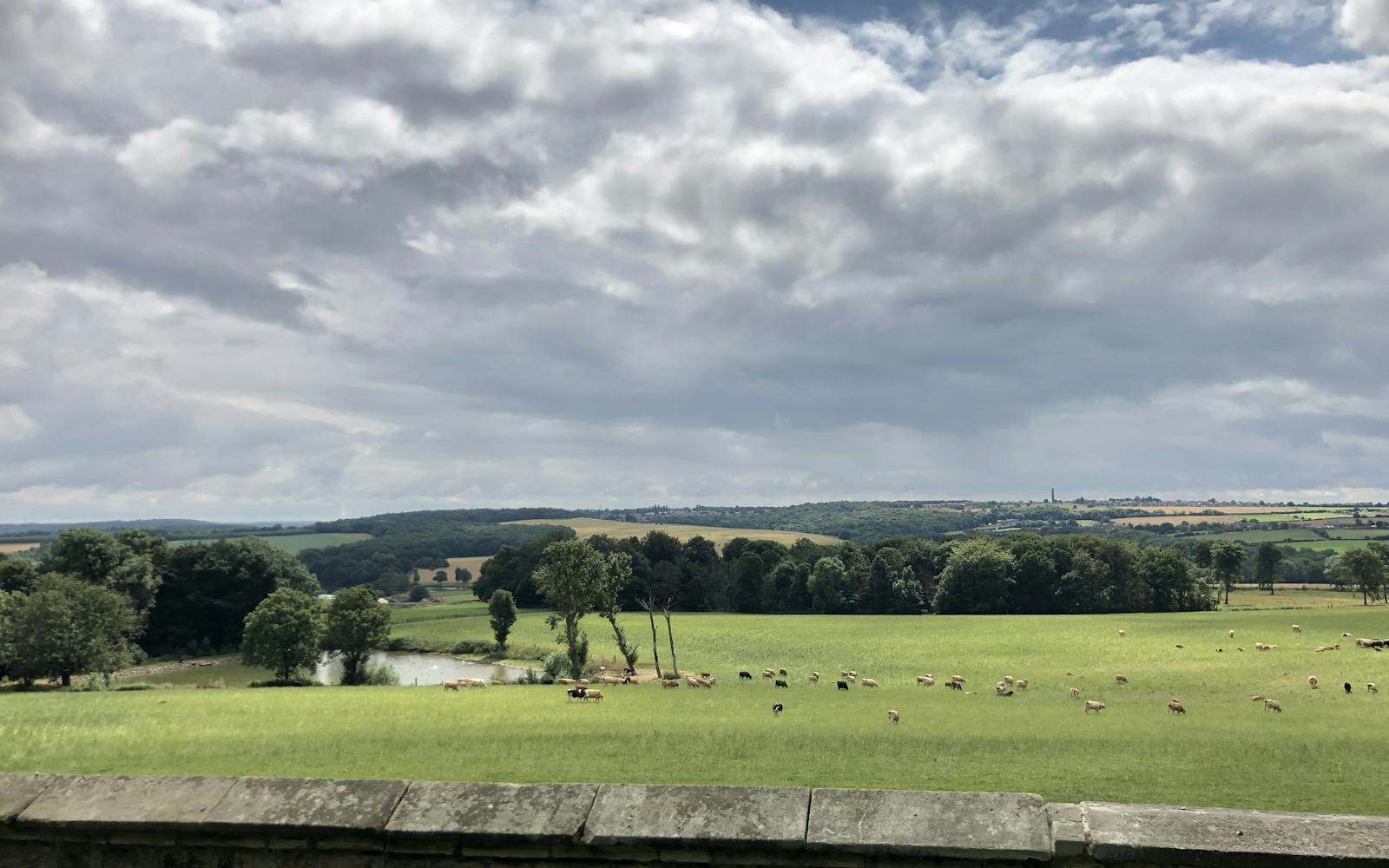
Understanding the diversity of Local Authorities
We work with engaged and proactive clients, from borough, county and regional authorities to local record centres and trusts. Each has different levels of resources and funding to respond to the Biodiversity Duty.
No central funding support has been granted to support the Biodiversity Duty reporting requirement. We have therefore prioritised developing a supporting approach that is effective and efficient. This builds on government guidance but also uses emerging data, mapping, strategies and action plans that underpin the national drive toward joined-up nature recovery.
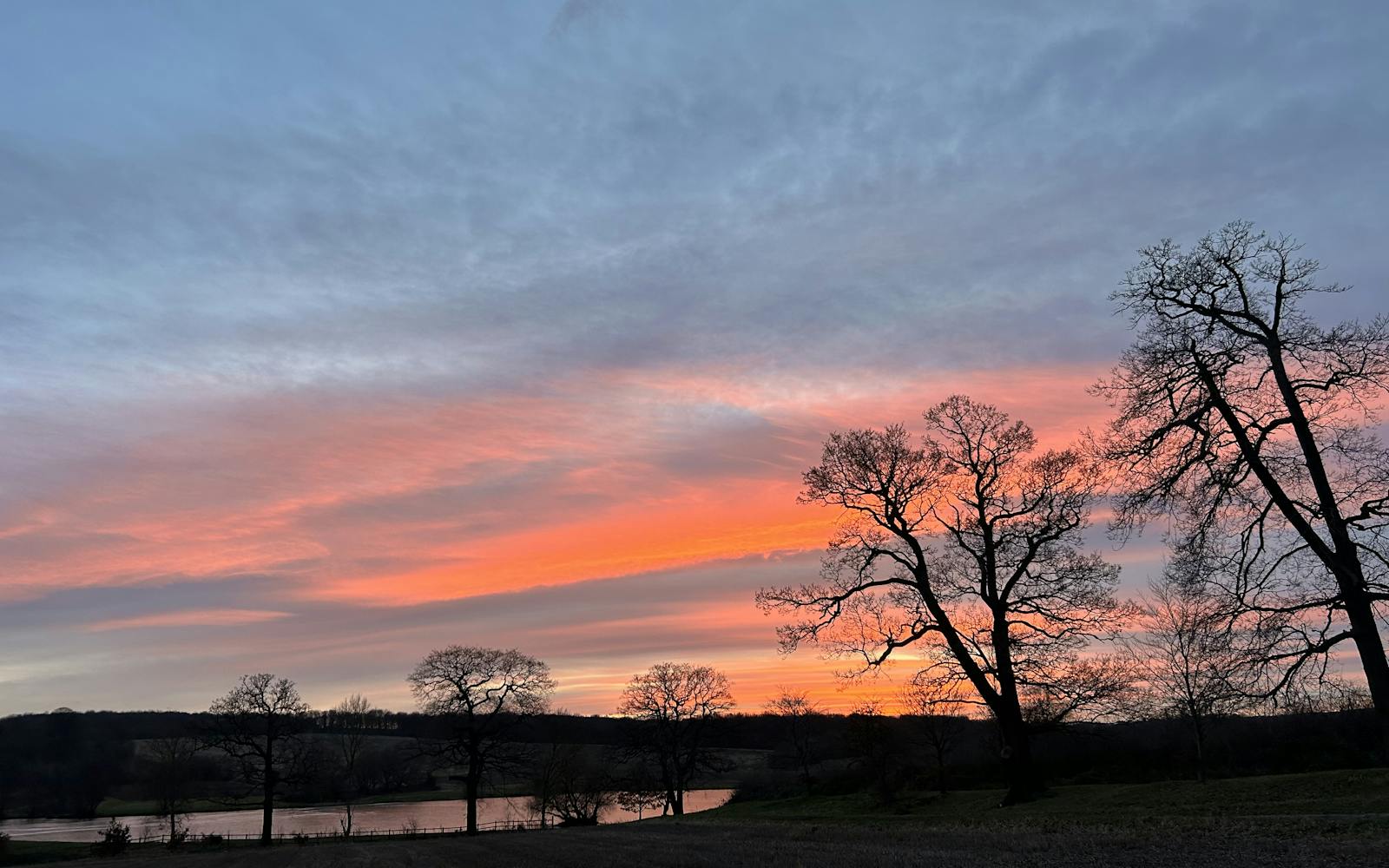
Innovation and collaboration
In recent months, we have been developing and testing our reporting approach as a pilot study within the London Boroughs. Our strategic ecology team, experienced in cross-team working, is well placed to understand the data available across an authority’s functions, and bring this together as quantitative metrics, qualitative measures or tangible actions.
The reporting process not only captures current progress but also sets out commitments for the next five years. It engages officers across different functions in thinking around nature recovery, connects related workstreams, reduces duplication of effort, and avoids contradictions in the application of funding.
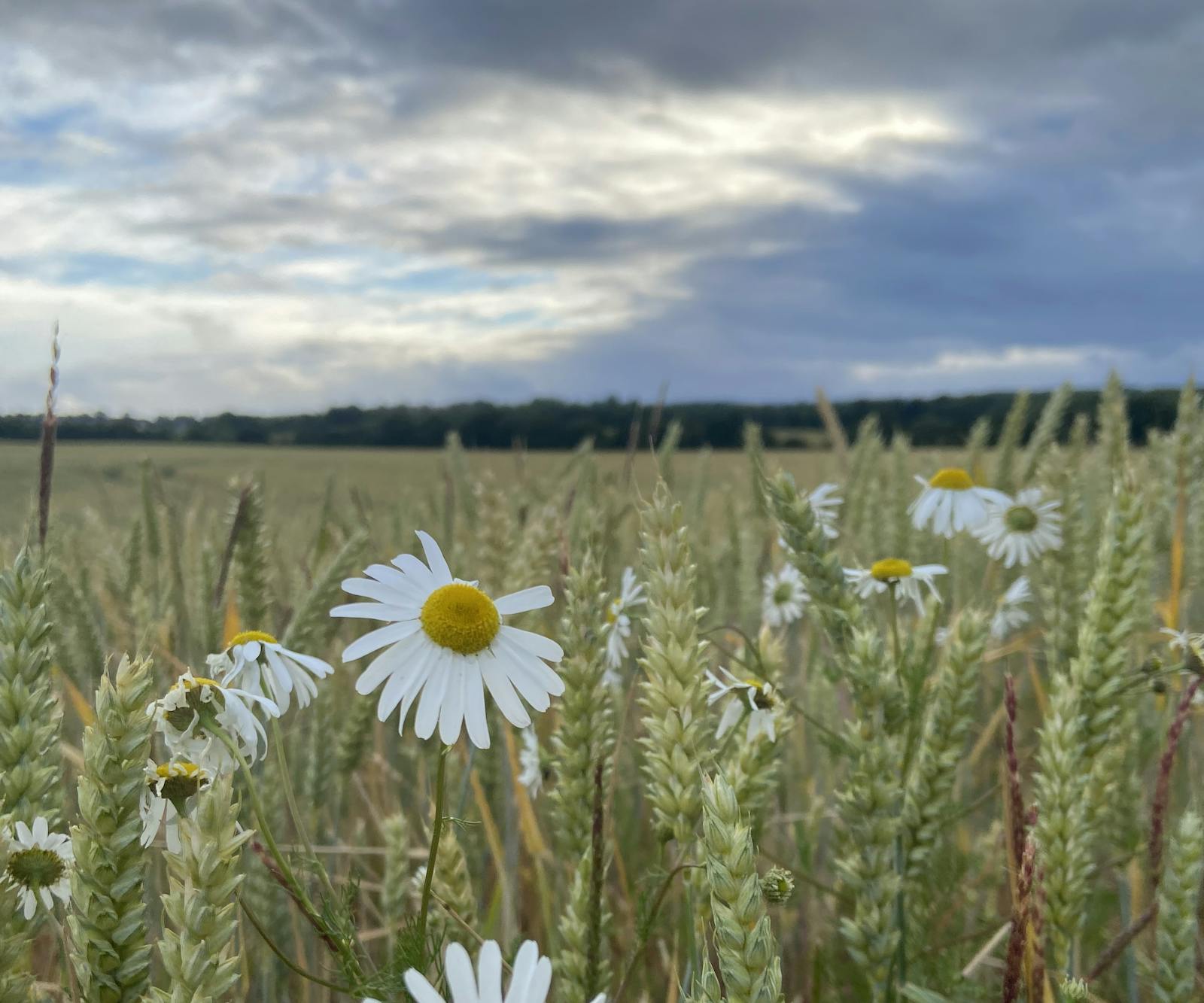
Placing nature recovery at the core
We worked with Greenspace Information for Greater London (GiGL) to explore common data across London, including historic monitoring as well as the current baseline. We also considered potential indicators emerging for the London LNRS priorities and measures. This work will help reporting authorities consider how they could take account of the London LNRS, to help them describe how it has influenced policies, objectives or actions. Specifically, considering the types of nature recovery data, beneficial for related, or emerging local workstreams, which then link directly back to the LNRS. A consistent approach across an LNRS area could minimise the reporting burden, with reporting authorities and their delivery partners, clear on the data they need.
Across England, LNRS development has brought together supporting authorities, nature partners and record centres to encourage collaborative thinking and renew common focus. The 2026 reports can constructively align with this progress, link consistent action, and deliver quick wins for all.
Consistent use of habitat and species data is essential for understanding nature, recovery progress and its response to the changing climate. Our approach includes a rapid assessment of the state of nature in each area, aligned with key national and local targets to help monitor change. This draws on using commonly accessible data sets to help records centres replicate across authorities.
Our approach also considers climate change action in relation to the conservation and enhancement of biodiversity. While not yet a requirement in the published reporting guidance, the inextricable connection between climate and biodiversity is important to capture now. It will become increasingly so in the five-year monitoring cycles that lie ahead. Positive integration of climate change resilience is a consistent seam through our Strategic Ecology service work. Most of our clients have strong strategies and actions in place, which can be used as evidence in reports without duplication.
LUC recently held a breakfast roundtable discussion with the London Boroughs, the Greater London Authority, GiGL and London Wildlife Trust. We explored how the reporting requirement might be met efficiently and effectively. We shared opportunities for collaboration and collective quick wins, as well as potential issues for reporting authorities. By starting early, working collaboratively, and focusing on opportunities, we can take the challenge out of the deadline.
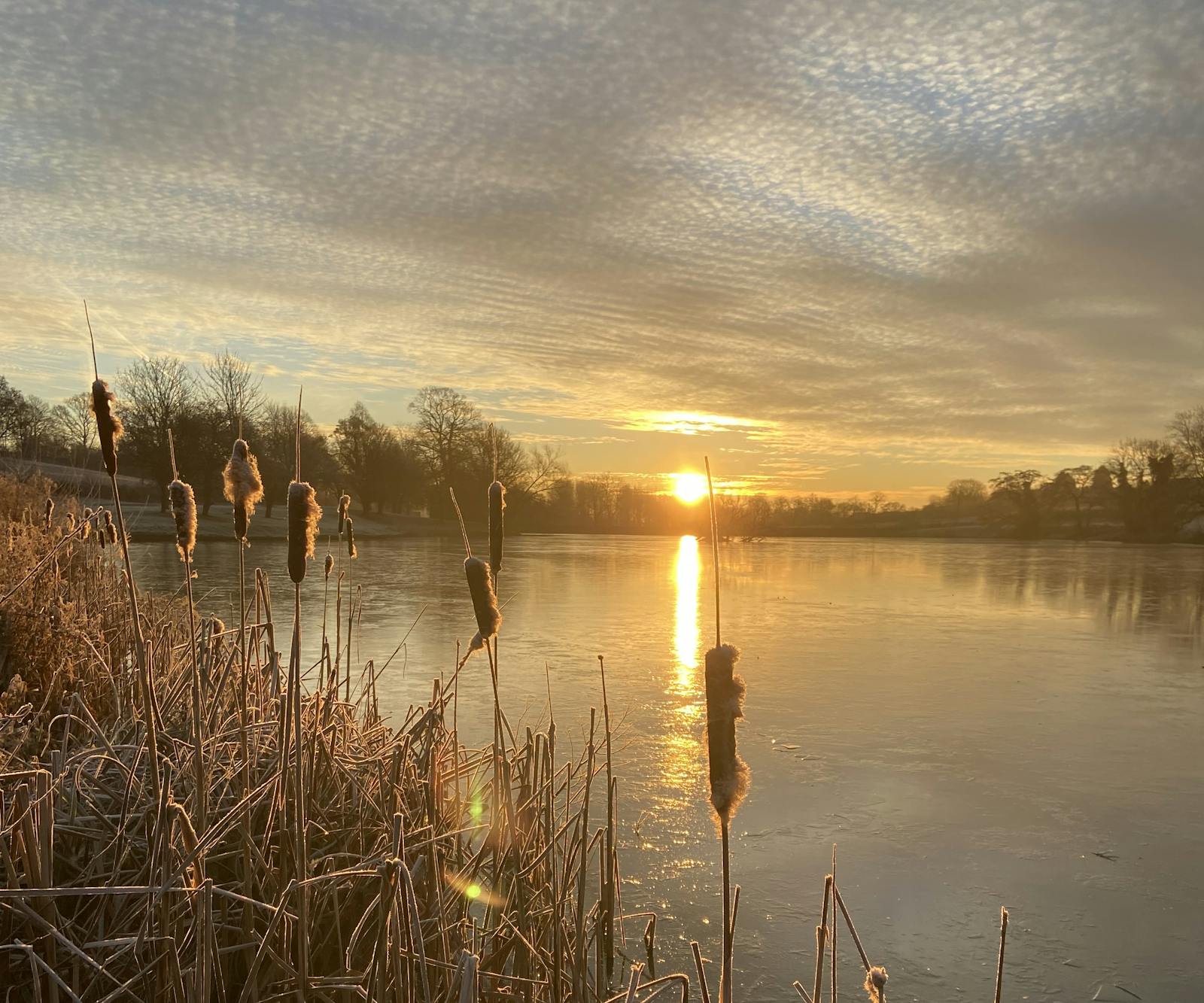
Deadlines and opportunities
We understand that the incoming deadline for January 2026 poses not just a tight timeline but also great opportunity. Early engagement is key – within your authority, with fellow authorities of your LNRS and with your local records centre.
We’re busy working with clients, preparing their reports. By helping authorities align their actions with strategies for nature recovery, we can guide ongoing improvement, encourage future-facing thinking, and support the recovery of ecosystems.


